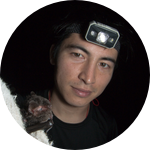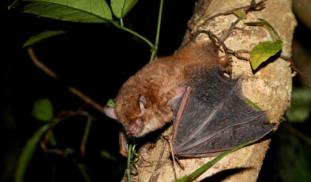Please wait...
About This Project
JP / EN
The Ryukyu tube-nosed bat and Yanbaru whiskered bat are two endangered bats that only exist in the remaining forests of three islands in the Ryukyu Archipelago, Japan. However, we don't know enough about these bats to design conservation strategies for them. I will extract and analyze the DNA from 50 previously collected bat poop samples from Okinawa. The DNA will tell us what the bats are eating, which in turn will tell us where they are eating, and therefore where to protect.

Browse Other Projects on Experiment
Related Projects
How do polar bears stay healthy on the world's worst diet?
Polar bears survive almost entirely on seal fat. Yet unlike humans who eat high-fat diets, polar bears never...
Uncovering hidden insect diversity associated with a likely undescribed gall-forming midge
Does a likely undescribed species of gall-forming midge (pers. comm. Ray Gagné) on Eriodictyon plants (Yerba...
Macrofungi of the California archipelago
The eight islands of the California Archipelago are a well-studied biodiversity hotspot — but we know almost...





